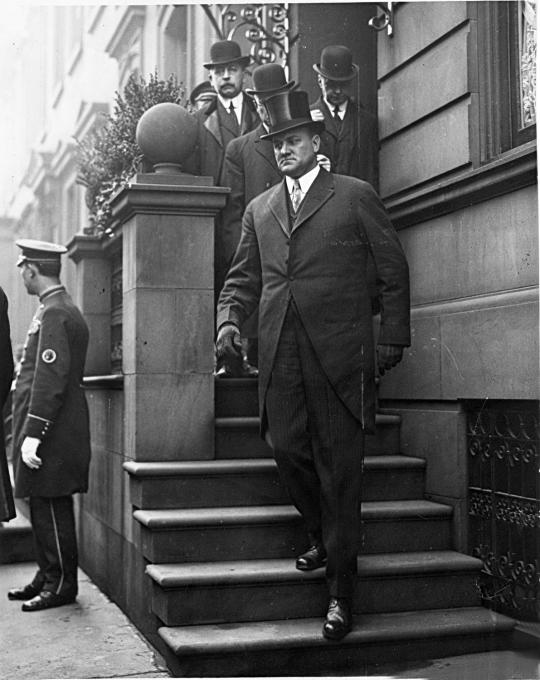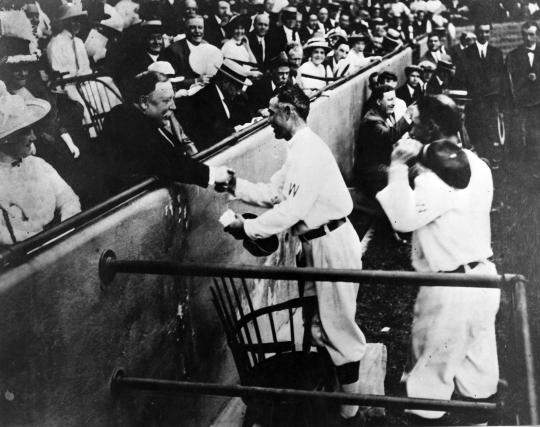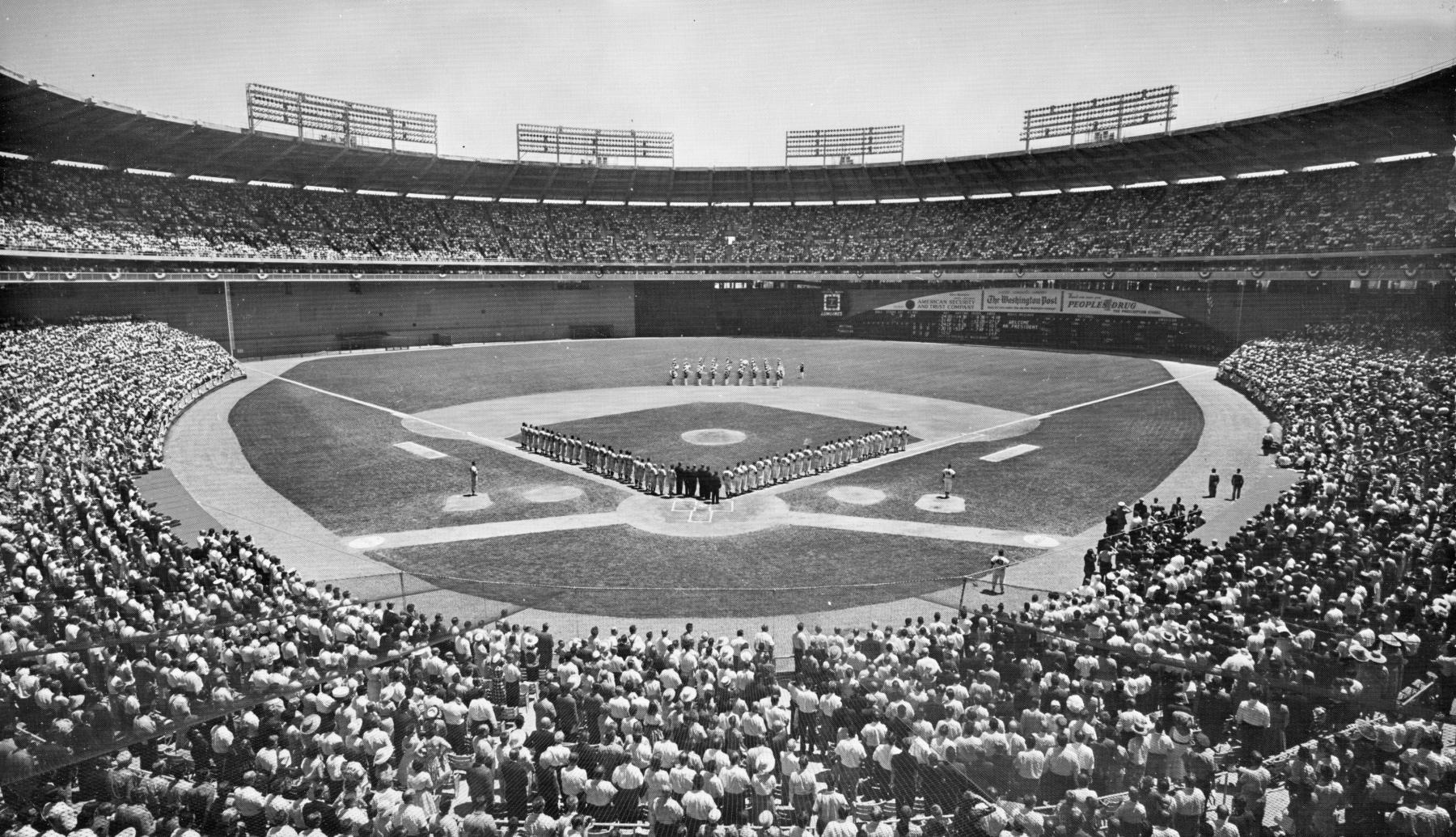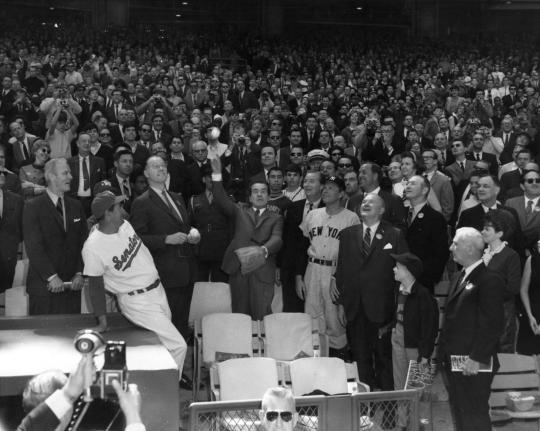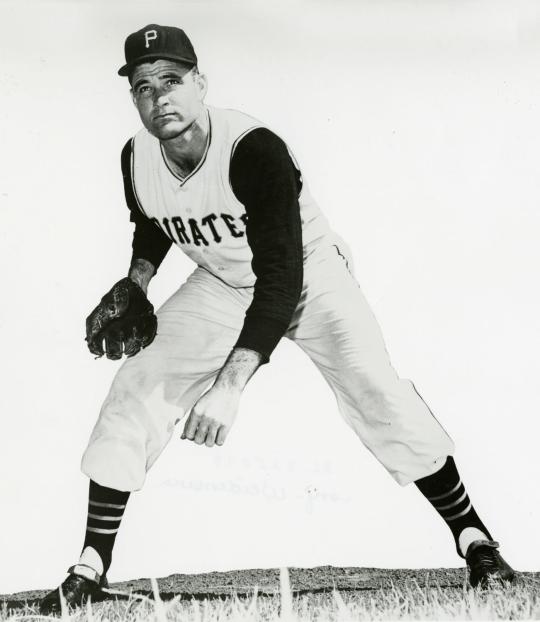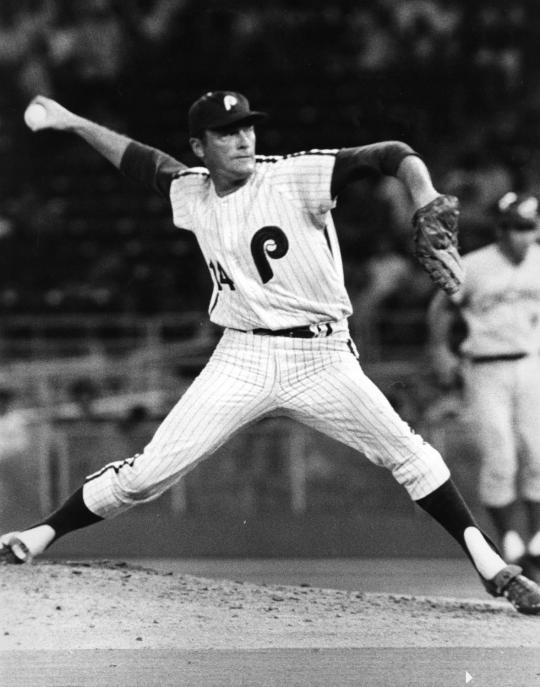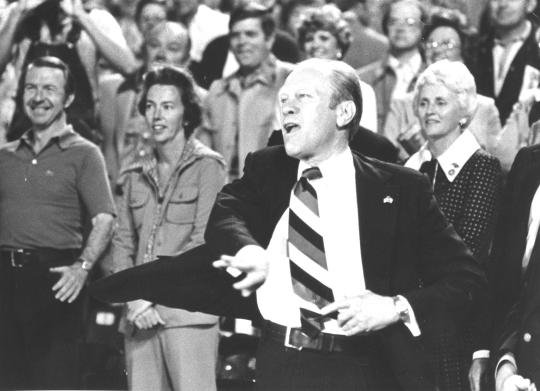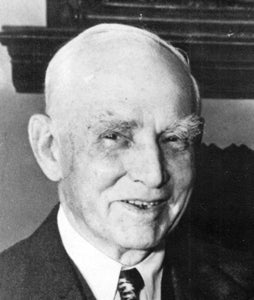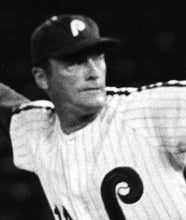- Home
- Our Stories
- Bipartisan Baseball
Bipartisan Baseball
Capitol Hill bragging rights are on the line during the Congressional Baseball Game
Election Days at the federal government level in the United States are never short on excitement and tension. It is a day when citizens choose who will represent them in Washington, D.C., not only on Capitol Hill, but at Nationals Park, as well.
Since 1909, the Congressional Baseball Game has been a near-annual tradition in Washington, as members of the Senate and the House of Representatives spar on the diamond rather than in Congressional chambers. What began as a casual event between colleagues has turned into heated contests featuring future Presidents and presidential hopefuls.
John Tener, a former major-league pitcher, often gets credit for starting the contest. Following his playing career, Tener was involved in various Pittsburgh-area businesses and, in 1908, was elected to Congress as a Republican. Later serving as Governor of Pennsylvania and President of the National League, Tener played shortstop in the inaugural match, held on July 16, 1909, at American League Park, the former home of the Washington Senators.
There would be no senators playing in this match, however. Early Congressional Baseball Game teams were solely comprised of Congressmen; Senators first competed in 1950. As women gained a greater presence in the House and Senate, they, too, began to take part in the game.
A report in the Cincinnati Enquirer vividly described the Democrats’ 1909 rout of the Republicans, even with Tener, the former pro, playing on the GOP side. The headline read: “Carnage is Something Awful When Those Big, Swatting Democrats Cut Loose. Republican Ball Team Ground Into Dust by the Unholy Score of Twenty-Six to Sixteen. Tariff Wrangle is Child’s Play Compared to this Sanguinary Struggle.”
The Republicans held the presidency and both houses of Congress in the summer of 1909, but arguments over tariff bills (later passed that August as the Payne-Aldrich Tariff Act) threatened to split the Republican Party, something the Enquirer article seized on.
“The Democrats pounded the ball in much the same spirit they would hammer away at the tariff bill if (Republican Speaker of the House) ‘Uncle Joe’ Cannon gave them half a chance, while the team work of the Republicans was as disjointed as their views are on the subject of raw materials and downward revision,” the newspaper mentioned.
The Enquirer went on to say that “[t]he official score looked too much like a House tariff bill coming out of the Senate Committee on Finance to be printed in full.”
Congressional Baseball Games were held at American League Park most years between 1909 and 1926. The action shifted to Griffith Stadium in 1928 and then D.C. (later RFK) Stadium in 1962. After the Senators’ final season in Washington in 1971, the Congressional Baseball Game spent one more year at RFK, then went to Memorial Stadium in Baltimore for a few years in the mid-1970s. This was followed by several seasons at parks in Virginia and Maryland. Upon baseball’s return to the nation’s capital in 2005, the Congressional Baseball Game resumed play at RFK Stadium and is presently at Nationals Park.
Closely Contested
Not all scores have reached double digits for both sides, as they did in the first game; many games – and, indeed, the series – have been quite close. While the Democrats won their seventh-straight game in 2015 with a 5-2 victory, both parties have experienced long winning streaks during the series. The Republicans had an eight-game stretch of wins prior to the Democrats’ current streak.
Though popular, the game has faced some challenges, halting play due to the Great Depression and World War II. Government intervention meant no games between 1958 and 1961, as Democratic House Speaker Sam Rayburn discontinued the series, claiming the games had been getting too contested.
“The charity contest has been won by Democrats eight of the last ten years and the Republicans, claiming a wealth of new talent, contend the cancellation is a stratagem by aging Democratic has-beens to head off the G.O.P.’s vengeance,” it was reported by The New York Times in March 1958. “Speaker Sam Rayburn and Dr. George Culver, Capitol physician, both endorsed the move. You gotta have heart to be a lawmaker, too, they argued, and it would be foolish for Congressmen to flirt with coronary thrombosis while the town still has the Washington Senators to supply laughter at the ball park.”
After Rayburn died in office in 1961, his successor as Speaker, John McCormack, reinstated the game in 1962. The game also picked up a sponsor in Roll Call, a new newspaper focusing on what was going on in and around the Capitol. Starting with the 1962 game, Roll Call would present a trophy to the party which won three games in a five-game span. With 12 wins during the period of 1962 through 1974, the G.O.P. secured the Roll Call Trophy four times.
Washington Senators manager Ted Williams (left) and Commissioner Bowie Kuhn (second to left) watch as President Richard Nixon delivers a pitch before the Washington Senators' season opener against the New York Yankees on April 7, 1969. BL-400-81 (National Baseball Hall of Fame Library)
Among those who helped lead the Republicans to victory in that stretch was a former major-league pitcher, Wilmer “Vinegar Bend” Mizell. After a nine-year stint in the majors with the Cardinals, Pirates, and Mets, and a few years in private industry, Mizell was elected to Congress in 1968 from North Carolina. He spent three terms in Congress before succumbing to defeat in the 1974 election.
Making a splash in 1969, his first game, Mizell struck out all six batters he faced. Baseball Commissioner Bowie Kuhn spent the first inning as the home plate umpire.
“That’s the longest stint I’ve put in in seven years,” Mizell told The Washington Post. “I told someone to tell (Ted) Williams that the number on my back (29) was my age.”
Two years later, Mizell contributed a triple to the G.O.P.’s 7-3 victory. In nine major-league seasons, he only hit .111 with a total of three three-base hits.
Famous Acquisitions
Only one Baseball Hall of Famer is known to have competed in the game. Former Kentucky Congressman and Senator – as well as former Tigers and Phillies hurler – Jim Bunning pitched for the Republicans.
Prior to his first game in 1987, Bunning told The Washington Post that he hoped “everyone has fun, nobody gets hurt, and we beat the daylights out of them.” Unfortunately, the Democrats got the better of Bunning en route to a 15-14 victory.
The Congressional Baseball Game is also a spot to catch rising political stars and hopefuls for higher office. In 1957, Michigan Representative Gerald Ford hit what is believed to be the first known grand slam in the game’s history. More recently, the Republican side has featured presidential contenders Rick Santorum and Rand Paul.
This year’s game featured a visit from President Obama, who spent some time in the Democrats’ dugout. Back in 1909, President William Howard Taft and Vice President James Sherman opted for a round of golf in nearby Chevy Chase, Md., rather than watching their Republican colleagues.
Though the bragging rights in the halls of Congress are real, these political battles are helping good causes. The Congressional Baseball Game benefits various Washington, D.C., area charities. The three organizations receiving contributions in 2015 were the Washington Literacy Center, the Boys & Girls Clubs of Greater Washington, and The Nationals Dream Foundation.
Always a highlight of the D.C. calendar, the Congressional Baseball Game is the one day where Republicans and Democrats can settle things on the field instead of the political arena. It’s an event that receives support from both sides of the aisle.
Matt Rothenberg is the manager of the Giamatti Research Center at the National Baseball Hall of Fame and Museum

